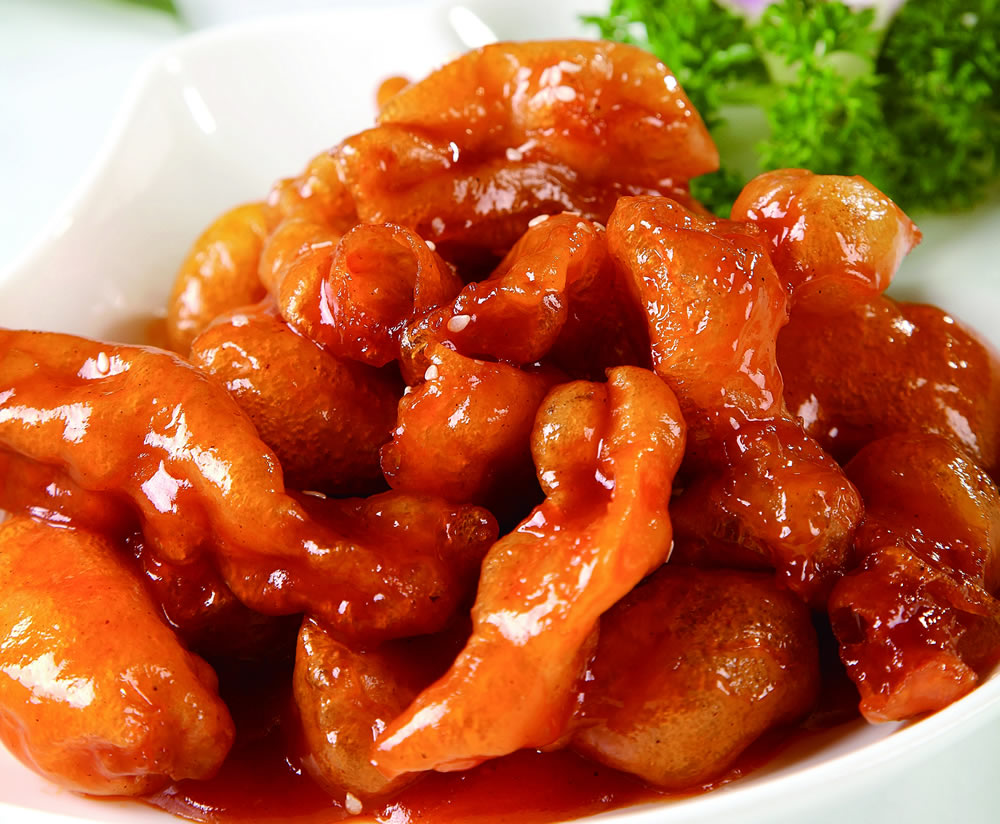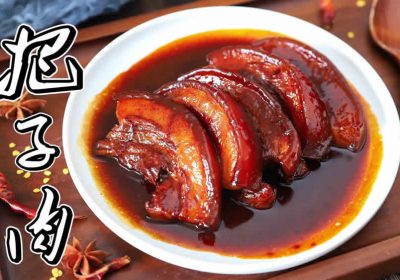
If you've ever tried Chinese food abroad, chances are you've encountered Sweet and Sour Pork Tenderloin (糖醋里脊 táng cù lǐ jǐ) . Crispy on the outside, tender inside, and coated in a glossy, tangy-sweet sauce—this dish is a global favorite. But did you know its roots trace back to Shandong cuisine (Lu Cai), one of China’s oldest culinary traditions?
Born in Shandong, a coastal province famed for its bold flavors and vinegar-based sauces, Tangcu Liji (Sweet and Sour Pork Tenderloin) originally featured pork tenderloin fried to golden perfection and tossed in a simple sugar-vinegar glaze. Over centuries, the recipe traveled across China, adapting to local tastes:
- Zhejiang adds a fruity note with pineapples.
- Sichuan kicks up the heat with chili peppers.
- Cantonese versions might use rice vinegar for a milder tang.
Yet the soul of the dish remains Shandong-style: a perfect balance of sweet, sour, and umami, achieved with just vinegar, sugar, soy sauce, and a hint of ginger.
Why It’s a Must-Try
- Texture Magic: Double-frying the pork creates an airy crunch that holds up against the sauce.
- Universal Appeal: Loved by kids and adults alike—no spicy surprises!
- Cultural Bridge: A delicious introduction to Lu Cai, the lesser-known but influential "grandparent" of many Chinese dishes.
 Chinatodo
Chinatodo


